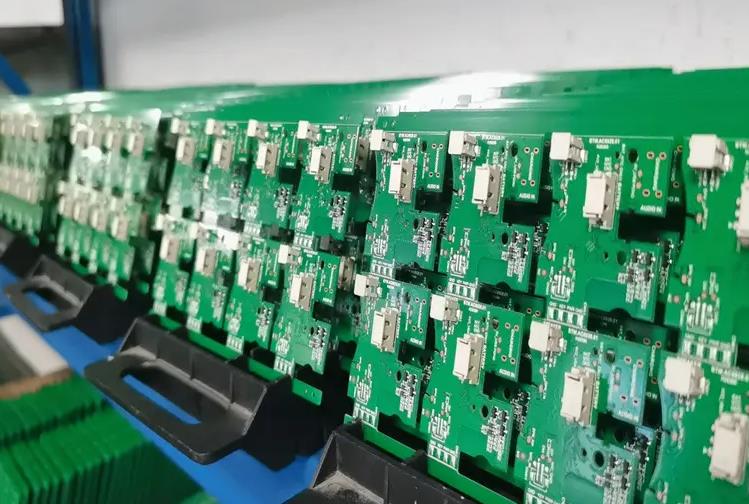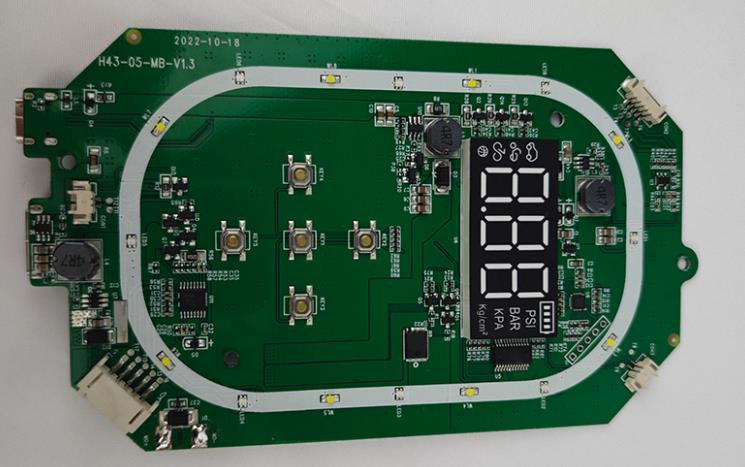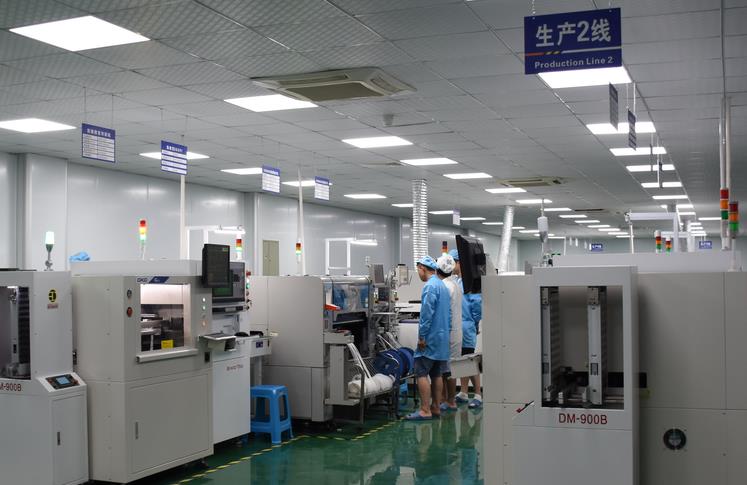Key points of operation that need to be focused on in the DIP plug-in process
In the highly integrated and automated modern electronic manufacturing industry, PCBA (printed circuit board assembly) is the core process of electronic product manufacturing, and each step is crucial. Among them, DIP (Dual In-line Package) packaging technology, with its unique dual in-line design, occupies a pivotal position in the field of electronic component packaging. DIP packaged integrated circuits not only have a compact rectangular appearance and stable metal pins (pin headers), but can also be directly soldered to the PCB (printed circuit board) or connected to the circuit through the DIP socket, greatly improving the assembly efficiency and reliability of the circuit board.

To ensure the quality and reliability of the DIP plug-in process, the following are several key points of operation that need to be focused on:
1. Pre-plug-in inspection: Before plug-in, the surface of the electronic components must be strictly inspected to ensure that there are no unclean substances such as oil stains and paint to avoid affecting the welding quality.
2. Plug-in precision control: During the plug-in process, it is necessary to ensure that the electronic components are tightly fitted to the PCB board without tilting, floating or misalignment to ensure the accuracy and reliability of welding.
3. Preparation before wave soldering: Before wave soldering, carefully check whether there is any excess flux or other impurities on the PCB board, and remove them thoroughly to prevent them from affecting the soldering effect.
4. Post-processing of wave soldering: After wave soldering, a series of post-processing operations are required, such as corner cutting, soldering and board washing, to ensure that the PCB board meets the specified appearance and functional requirements.
5. Preparation before testing: Before testing, the PCBA board should be thoroughly cleaned and dried to prevent residues from causing short circuits or other faults, ensuring the accuracy and reliability of the test.
Following the above operating specifications will help improve the quality and reliability of the DIP plug-in process, thereby ensuring the efficiency and stability of the entire PCBA manufacturing process.
Tags: DIP /DIP_plug-in_process /
Next: What are the requirements for IC mounting in SMT?







